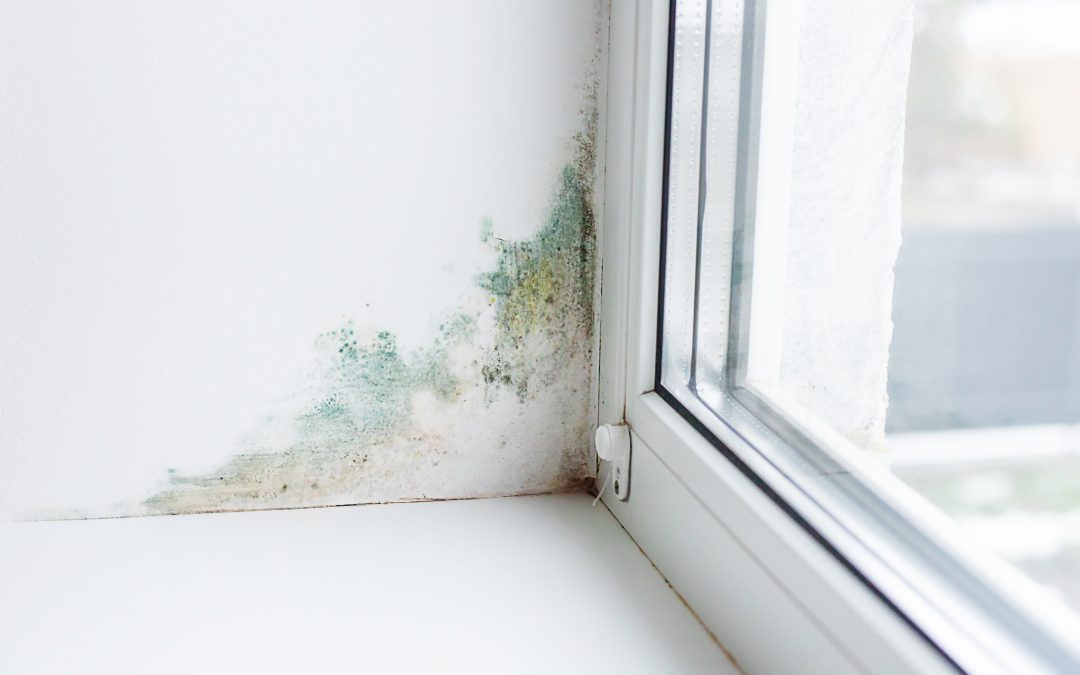Grading is an essential aspect of maintaining a healthy and functional home. Proper grading ensures that water flows away from the foundation, preventing potential water damage and other related issues. Understanding the importance of grading and how to assess and improve it is crucial for homeowners.
Understanding the Importance of Grading
Grading refers to the level of the ground around a home or property. It involves the proper slope and drainage to ensure water is directed away from the foundation. The purpose of grading is to prevent water from pooling near the foundation, which can lead to a myriad of problems including foundation settling, basement moisture, and erosion.
Common types of grading issues include poor sloping or drainage, insufficient gutters and downspouts, and incorrect landscaping decisions. These issues can hinder the proper flow of water and cause water to accumulate around the foundation, resulting in potential damage.
Assessing and Improving Grading Around Your Home
To assess the grading around your home, start by conducting a thorough inspection. Survey the property and observe the water flow patterns during rainfall. Identify areas where water tends to accumulate or flow towards the foundation. It’s essential to determine the problematic areas in order to address them effectively.
Once the problematic areas are identified, it’s time to correct the grading issues. Reshaping slopes and landscape grading is one method to improve grading. Ensure that proper slope angles are established to facilitate water flow away from the foundation. Techniques such as adding or removing soil can help achieve the desired slope.
Installing and maintaining gutters and downspouts is another crucial aspect of grading. Proper sizing and placement of these components can effectively redirect water away from the foundation. Regular maintenance practices such as cleaning gutters and ensuring downspouts are free from debris contribute to efficient drainage.
Implementing landscaping solutions can also aid in drainage. French drains and surface swales are effective techniques to redirect water away from the foundation. Choosing water-absorbent plantings and materials, such as mulch or gravel, can help prevent water from pooling around the home.
Basement waterproofing is a vital aspect of protecting your home from water damage. It is recommended to consult with professional contractors who specialize in basement waterproofing to ensure a comprehensive approach to grading and drainage solutions.
Long-Term Benefits of Proper Grading Practices
Implementing proper grading practices can bring numerous long-term benefits to your home. One of the most significant advantages is preventing water damage to the foundation. By directing water away from the foundation, you can avoid foundation settling and shifting, which can lead to costly repairs.
Proper grading also minimizes basement moisture and leaks. When water is directed away from the foundation, it reduces the likelihood of water seeping into the basement, maintaining a dry and safe living environment. Additionally, it helps protect your home’s exterior, preventing erosion and soil saturation that can compromise the structural integrity of siding and brickwork.
Enhancing yard and landscape functionality is another advantage of proper grading practices. By establishing appropriate slopes and drainage, you can create usable outdoor spaces that are not prone to water accumulation. This allows you to make the most of your yard while keeping it aesthetically pleasing and functional.
Furthermore, proper grading practices mitigate potential health and safety risks. By reducing the likelihood of water pooling around the foundation, you can minimize the growth of mold and the associated health issues. Additionally, it helps decrease slip and fall hazards by preventing water accumulation on walkways and outdoor areas.
Obtaining Professional Assistance for Grading Projects
While some grading issues can be addressed by homeowners, there are situations where professional assistance is necessary. Complex or extensive grading problems may require the expertise and specialized equipment of professional contractors. It is essential to recognize when professional help is needed to ensure the most effective and long-lasting solutions.
When choosing a contractor, it is essential to conduct thorough research and interviews with prospective contractors. Check their credentials, licenses, and ensure they have experience in grading and drainage projects. It is also advisable to check references and reviews from previous clients to ensure their reliability and quality of work.
Furthermore, it’s important to ensure that all necessary permits and compliance requirements are met when undertaking grading projects. Local regulations and building codes may dictate specific guidelines that need to be followed. Working with a professional contractor can help navigate these requirements and ensure that the grading project is compliant with regulations.
Conclusion
Proper grading is a crucial aspect of maintaining a healthy and functional home. By understanding its importance and implementing the necessary measures, homeowners can mitigate potential water damage, protect their home’s exterior, enhance yard functionality, and decrease health and safety risks. Whether it’s reshaping slopes, installing gutters and downspouts, or implementing landscaping solutions, proper grading can have long-term benefits for any homeowner. In complex cases, seeking professional assistance is recommended to ensure the most effective and comprehensive solutions.

